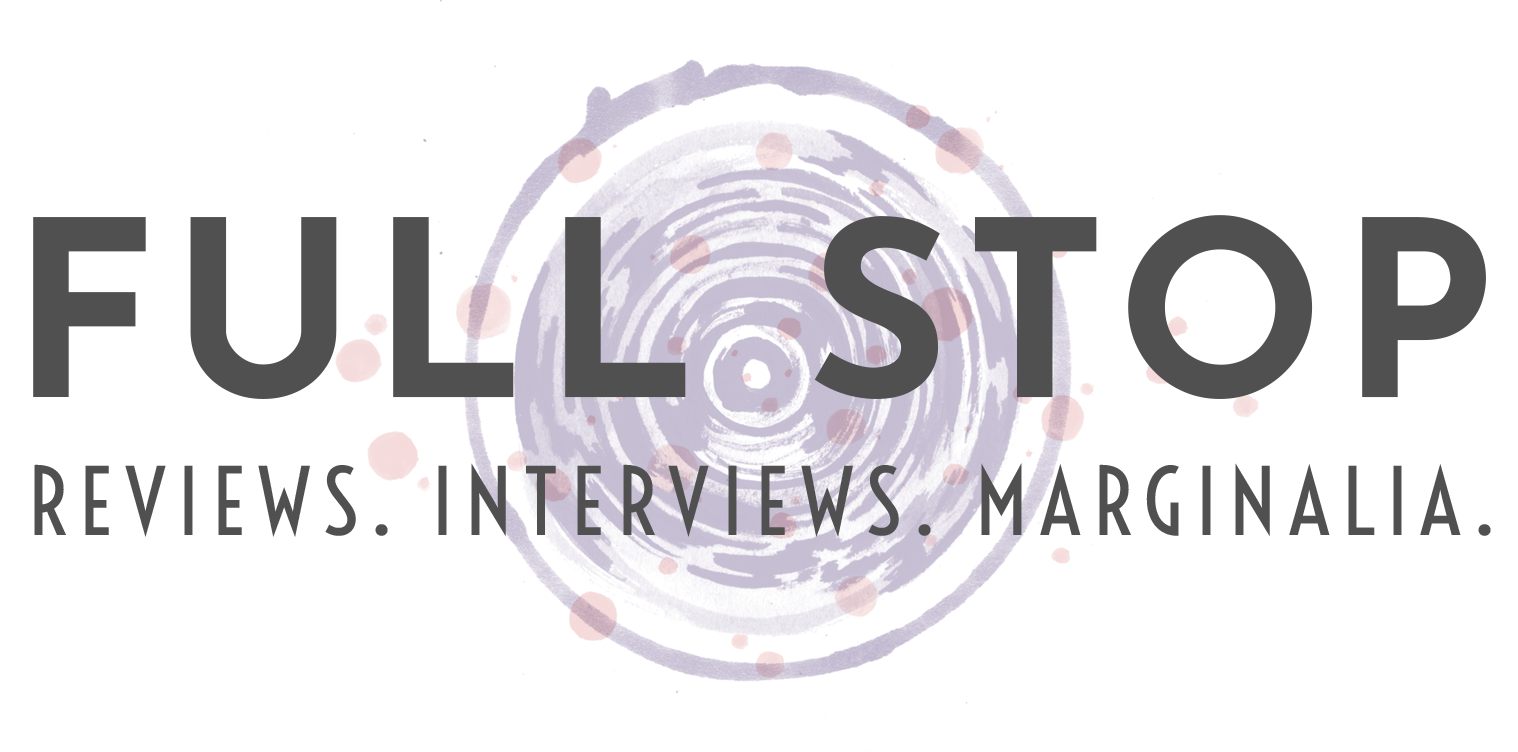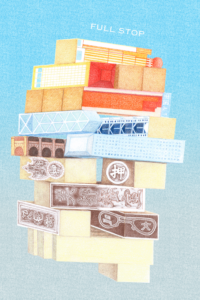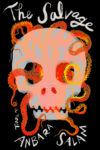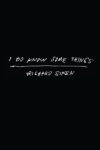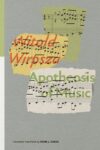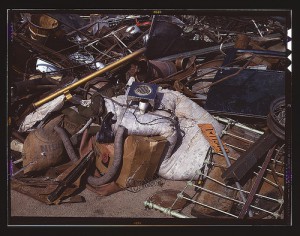 The powerhouse journal n + 1, the most articulate and intellectually rigorous echo chamber of our generation, has reached a saturation point wherein it’s already becoming a passe matter of course among those in the know, and will probably be lost forever to those who don’t already. It would be gauche to brandish an issue on the subway. You will never convince your parents to read it (well, maybe YOURS, but certainly not mine). Which is all to say that it has become the journal of the moment, like The Criterion or The Dial before it. It speaks for us eloquently, and everyone hates the sound of his own voice.
The powerhouse journal n + 1, the most articulate and intellectually rigorous echo chamber of our generation, has reached a saturation point wherein it’s already becoming a passe matter of course among those in the know, and will probably be lost forever to those who don’t already. It would be gauche to brandish an issue on the subway. You will never convince your parents to read it (well, maybe YOURS, but certainly not mine). Which is all to say that it has become the journal of the moment, like The Criterion or The Dial before it. It speaks for us eloquently, and everyone hates the sound of his own voice.
Last month there was published on the n + 1 website a special Occupy Wall Street edition of N1BReading in which editors and writers shared their recent reading lists. All or mostly relating to Occupy Wall Street, the books share in common the desire to contextualize political action and the circumstances that necessitate it. Or they illustrate some series of details that will flush out the nuances of dynamic social change. Some fiction, some non-fiction. Some American, most not. But all serious and timely suggestions (they aren’t packaged as such, but that’s what they really are, reading suggestions) of material that is reflective and pragmatic.
At the same time I came across this list, I was reading Fiction and the Figures of Life, a book of essays on literature and philosophy by William Gass. When I came to the last essay in the book, “The Artist and Society”, I was really surprised by how much it had to say about the artists role in taking political positions and speaking on behalf of, or in opposition to, whatever reads on the latest student cardboard sign. But I should have seen it coming. The book was published in 1968.
The essay begins with a quote from W.H. Auden:
Why writers would be canvassed for their opinion on controversial political issues I cannot imagine. Their views have no more authority than those of any reasonably well-educated citizen. Indeed, when read in bulk, the statements made by writers, including the greatest, would seem to indicate that literary talent and political common sense are rarely found together…
Gass then goes on to dissect and examine Auden’s sentiments. He takes them apart piece by piece, assumption by assumption, rearranges them, adds to them, comments on them. He brings in new material, like the Soviet State’s distaste (what a tame word for what it actually was) for art without images. “Because originals are dangerous to reproductions,” he tells us, “Because it is humiliating to be less interesting, less present, less moving, than an arrangement of enameled bedpans.”
I won’t take up more space and time describing the experience of reading the essay, this being a blog post and therefore a friendly half-court game. But I do encourage you to read it for yourself. The entire book. It’s a good counterbalance to the general sway of our tribe. And that’s something that’s always healthy, for art and politics both.
This post may contain affiliate links.
